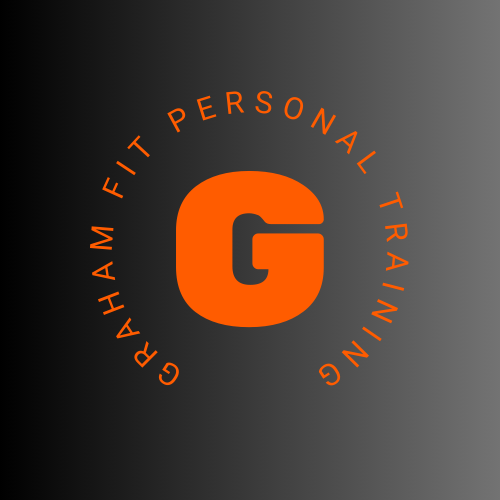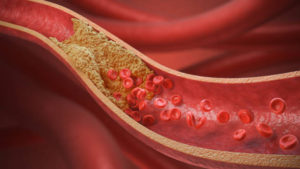What is cholesterol?
What is the role of exercise to reduce high cholesterol? This we will discus later on, but first we must know what cholesterol is.
Cholesterol is a fatty material found in the blood and is essential for the normal functioning of the human body. Excess cholesterol or “high cholesterol” also known as Hypercholesterolemia is a condition where levels are too high in the blood. This can lead to coronary heart disease (CHD) and other related conditions.
Some forty percent of the bodies cholesterol needs are produced from a healthy balanced diet, whereas the remaining balance is produced by tissue, in particular the liver. When a diet is high in saturated fats the liver will normally reduce the quantity of cholesterol to compensate. (Incidentally, with a normal healthy balanced diet, the intake of saturated fats should not exceed ten percent of the total macronutrient fat percentage).
Some individuals have what is known as “familial hypercholesterolemia” meaning their bodies do not reduce the production of cholesterol when their diet is high in fat. The result of this is that blood cholesterol is high and sustained.
There are two types of lipoproteins that carry cholesterol through the blood. High density lipoproteins and low density lipoproteins. Low density in high concentrations will lead to an increased risk of coronary heart disease. High density lipoproteins by contrast reduce the risk of coronary heart disease by removing excess cholesterol from the bloodstream and transporting it to the liver for removal.
How exactly does high cholesterol cause problems?
Cholesterol that is high starts to cause problems within the cardiovascular system. Atheroma is the term used for fatty plaques (made up of cholesterol) that build up and line the walls of the arteries. This over time has a narrowing effect on the proper functioning of the arteries where narrowing will occur and cause restrictions.
The danger with Hyercholesterolemia is that there are typically no symptoms and the problem builds up over time. Cholesterol is measured by millimoles per litre of blood and expressed as mmol/L. The UK in particular has one of the highest occurrences of high cholesterol. A measurement of 5mmol/L or above is classed as high cholesterol.
The role of exercise to reduce high cholesterol
It is well known that many health conditions respond well to exercise, but when we look at the role of exercise in the prevention of many conditions happening in the first place, the argument for physical activity is a strong one. Cholesterol in itself does not respond immediately to exercise so the key here is to adhere to a program of exercise over a period of time. It should be noted that the long term solution is the integration of physical activity and dietary change integrated as a lifestyle.
Regular exercise helps to increase the levels of high density lipoproteins by stimulating the body to move the low density lipoproteins to the liver to be broken down. As mentioned above, a healthier eating habit is also as important as physical activity.
Risk factors for a high cholesterol reading are a sedentary lifestyle, alcohol misuse, smoking, obesity, excessive salt intake and type two diabetes. These are risk factors that are generally modifiable. There are also non-modifiable risk factors such as age and genetics. Even with non-modifiable factors, there is still the importance of a healthier lifestyle and the benefits that it brings.
The benefits of exercise are multiple. Physical activity can manage bodyweight, reduce the risk of coronary heart disease as well as increasing the ratio’s of high density lipoproteins to low density lipoproteins. An exercise program must also be appropriate to the individual especially in relation to a persons current level of physical ability. This is especially so when beginning from a sedentary lifestyle. Dietary improvements also run hand in hand with an increase of physical activity.
For more information on my services or need help and guidance in health improvement then don’t hesitate to get in touch and book your free consultation.
info@grahamfit.com

